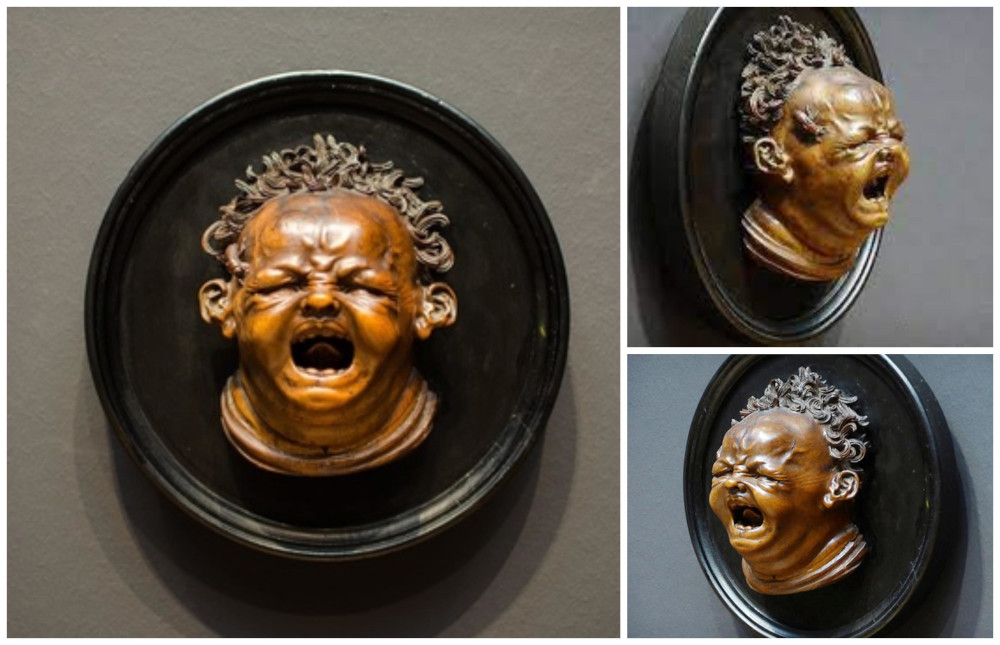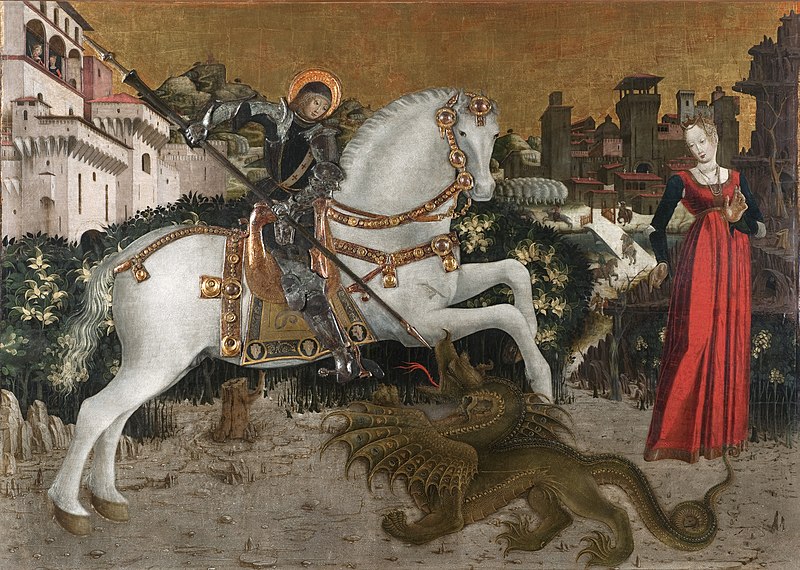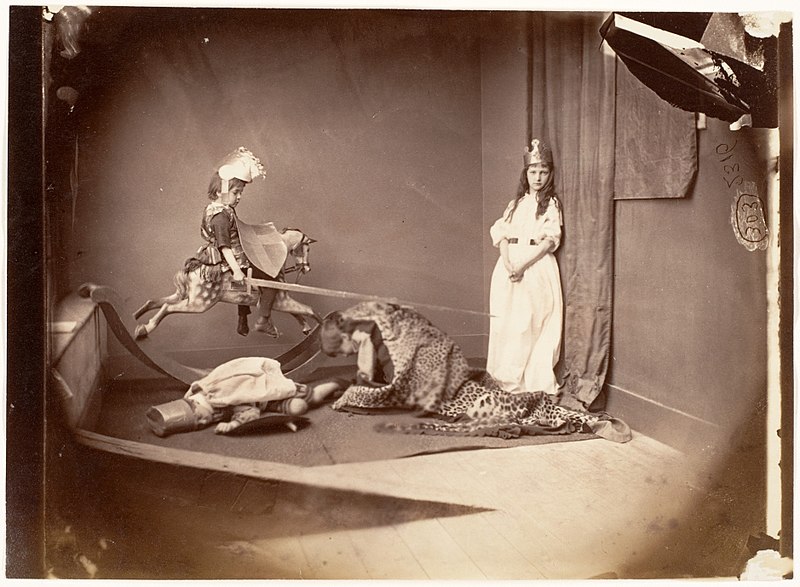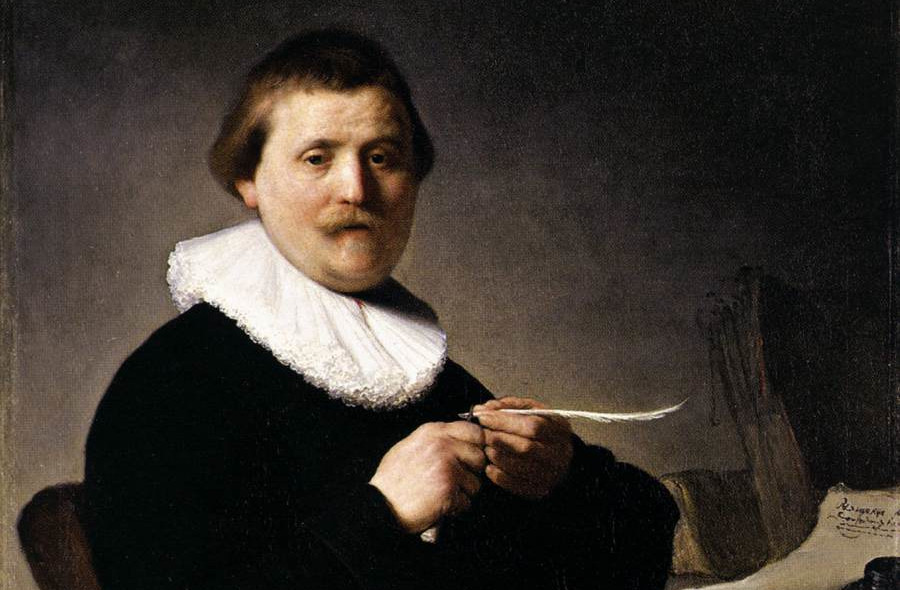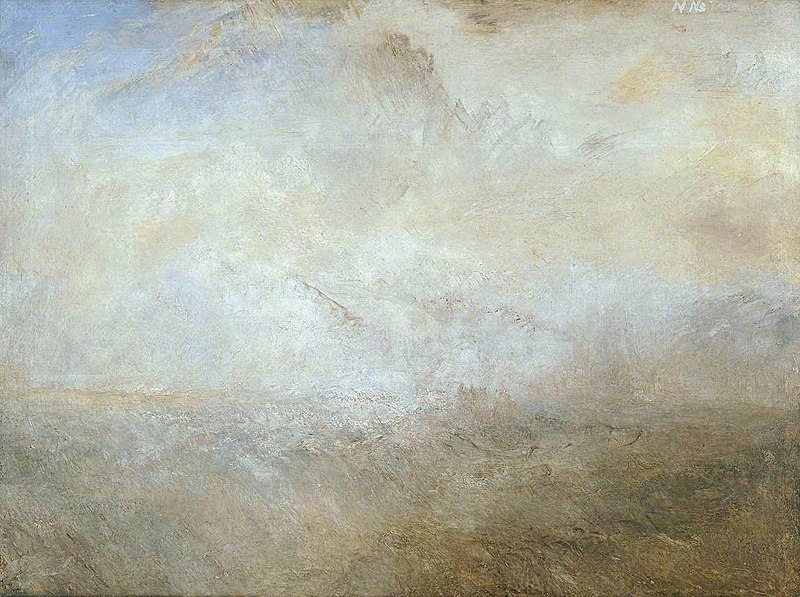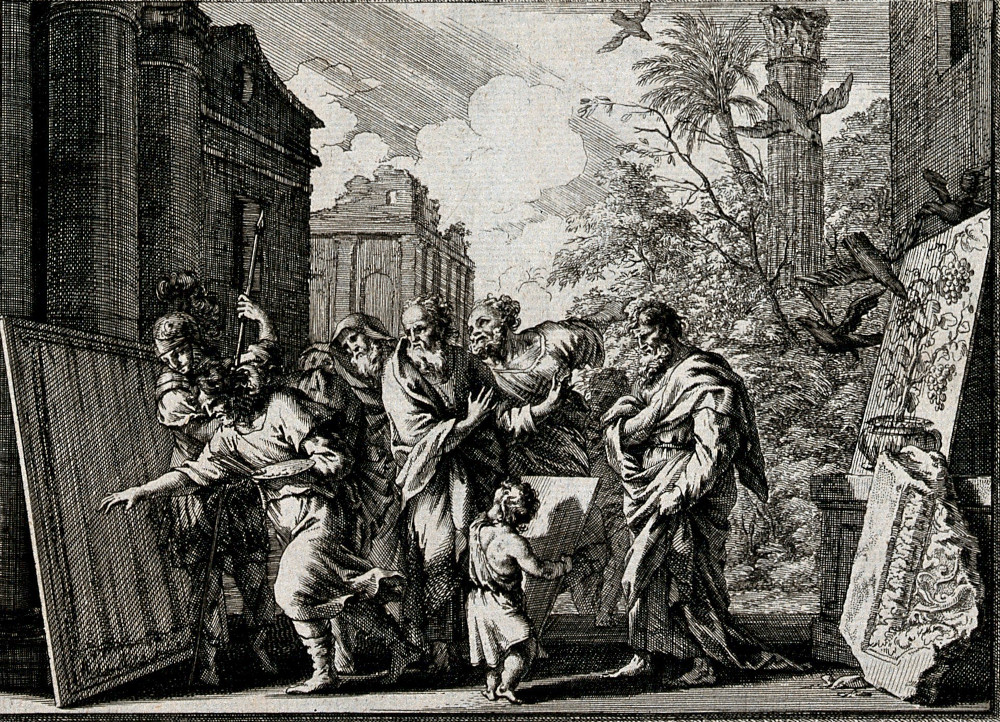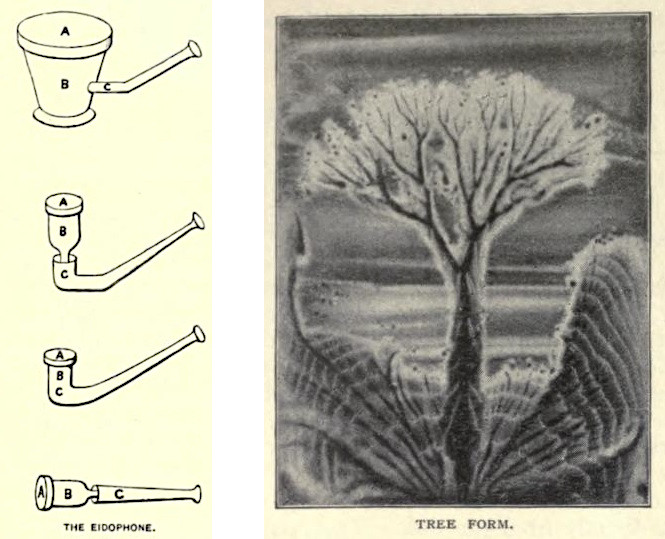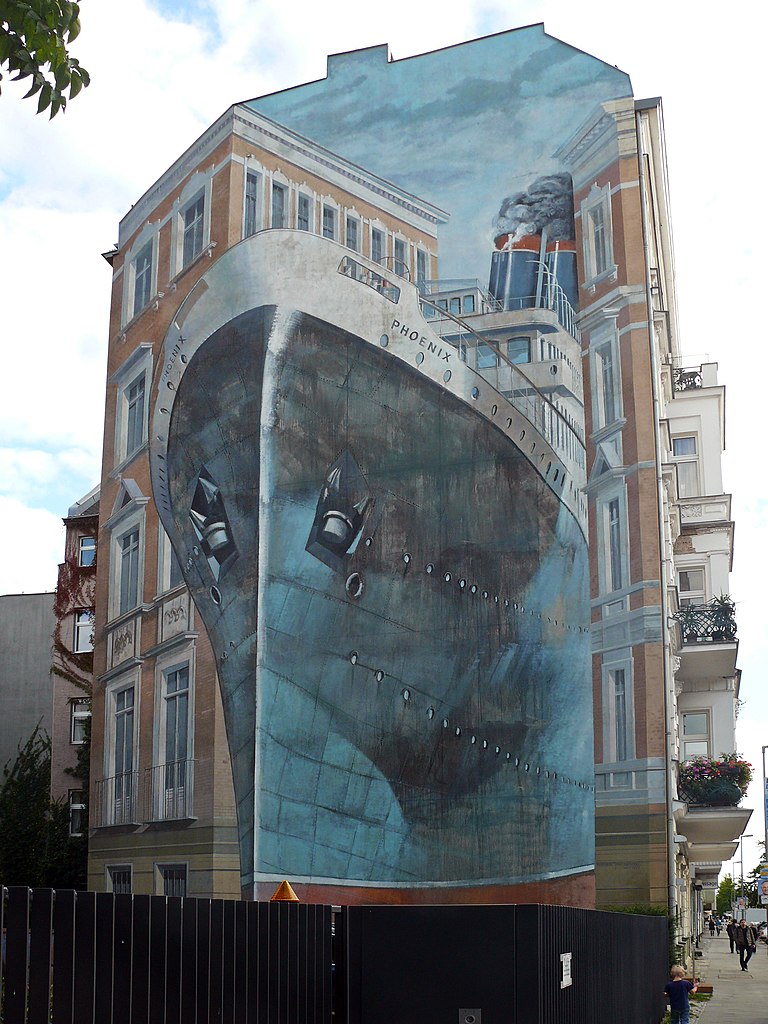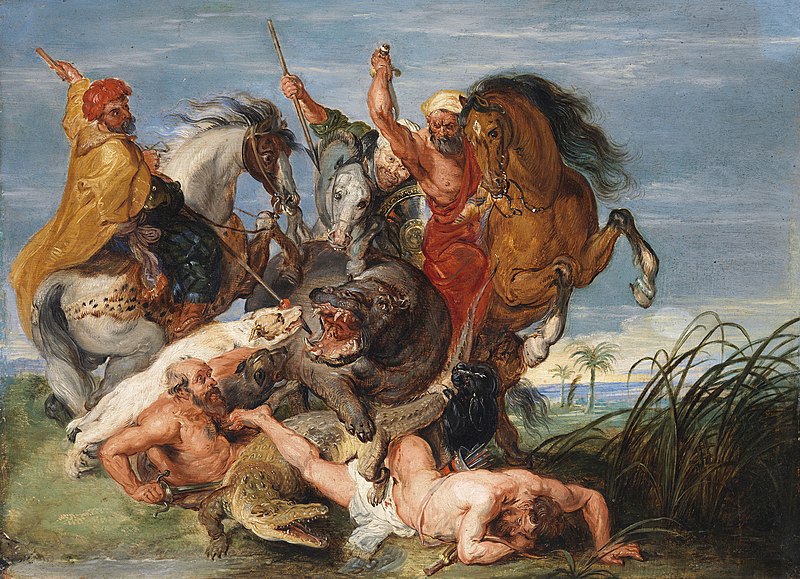
There is pictorial license in the same way that there is poetic license. … It is frequently to this that every master owes his most sublime effects: The unfinished condition in Rembrandt’s work, the exaggeration in Rubens. Mediocre men cannot have such daring; they never get outside themselves. Method cannot govern everything; it leads everybody up to a certain point. How is it that not one of the great artists has tried to destroy that mass of prejudices? They were probably frightened at the task, and so abandoned the crowd to its silly ideas.

